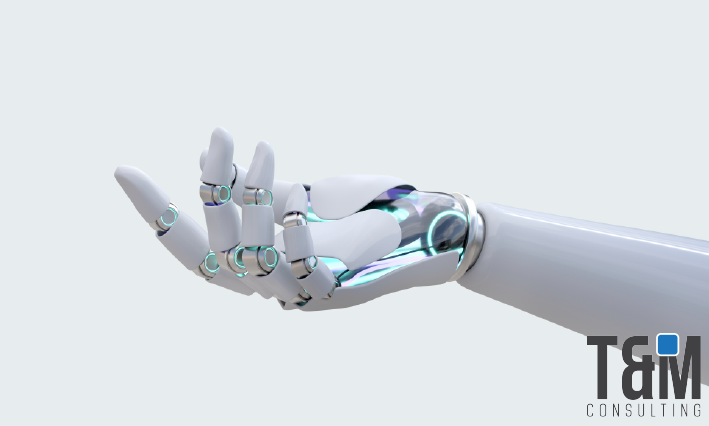Robotics
Robotic arms allow a paralyzed man to eat without assistance after 30 years.

Thanks to these robotic advances and their implementation in the field of medicine, sophisticated prostheses have been designed to improve the quality of life of people with motor limitations in their limbs.
Under this premise, researchers at the Applied Physics Laboratory (APL) of Johns Hopkins University have managed to design and develop robotic arms that allowed a partially paralyzed man to eat without help after 30 years.
The person controlled the arms, which held a knife and fork, opening the possibility for people with limitations to regain their autonomy.
Achieving this feat is made possible by a brain-machine interface (BMI) responsible for reading the user's brain signals, which are then processed and executed by the robotic arms, which have a sophisticated micromotor that allows them to perform the tasks with remarkable dexterity.
Project co-author Francesco Tenore commented that the shared control dynamics exploits the potentialities present in the brain-machine interface and the robotic system, making it possible to create an environment that contains the advantages of both worlds and offers the user the possibility of customizing the behavior of the intelligent prosthesis.
Although the results are preliminary, Tenore is pleased with the team's work in creating an object that allows users with limited motor skills to control intelligent assistive machines.
Although the degree of dexterity of the robotic arms is impressive, the speed is slow, and the level of precision may vary depending on the food being manipulated, factors that influence each user's experience.
David Handelman, another of the authors, commented "For robots to perform human-like tasks for people with reduced functionality, they will require human-like dexterity."
The researchers are optimistic that this technology will reach the necessary degree of sophistication that will improve the quality of life for users, allowing them to perform basic activities as efficiently as possible.
Read more about the project at https://www.newscientist.com/video/2326434-paralysed-man-feeds-himself-using-his-mind-and-smart-robotic-hands/
02 de Agosto, 2022





